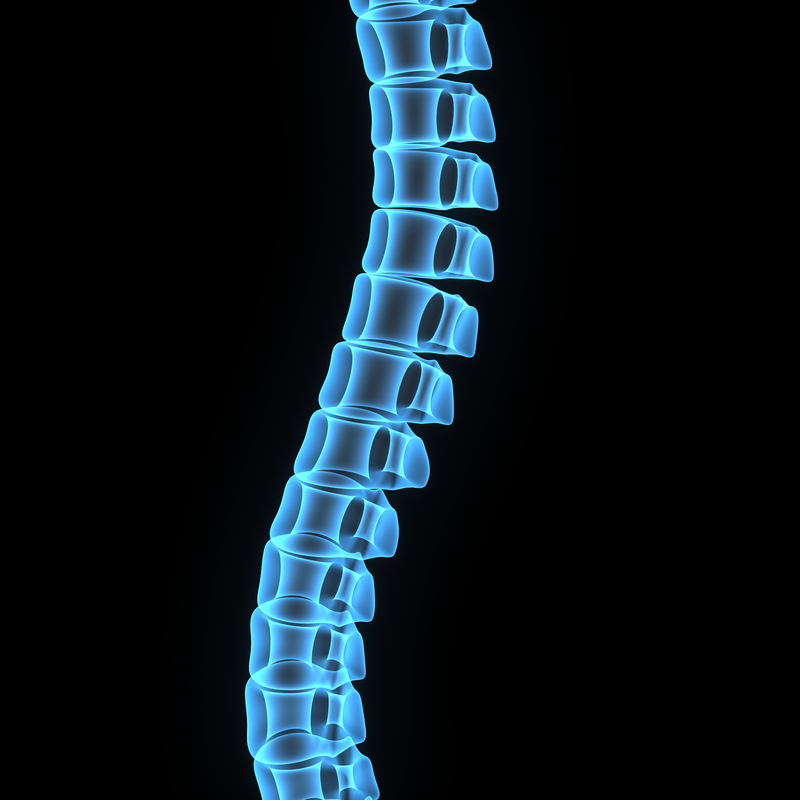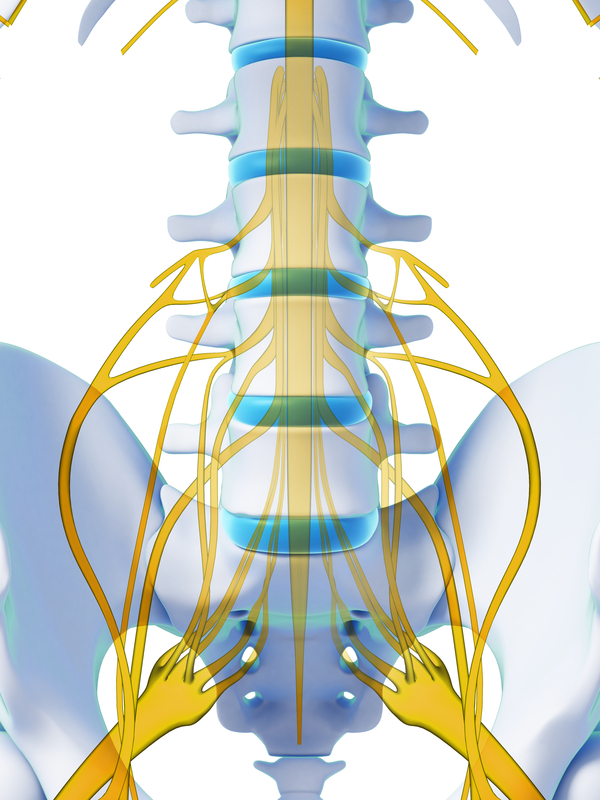 Spinal cord stimulation helps to manage pain through the use of low voltage stimulation of spinal nerves that block pain sensations. Spinal cord stimulation helps many patients return to a normal lifestyle. A spinal cord stimulator is also known as a dorsal column stimulator.
Spinal cord stimulation helps to manage pain through the use of low voltage stimulation of spinal nerves that block pain sensations. Spinal cord stimulation helps many patients return to a normal lifestyle. A spinal cord stimulator is also known as a dorsal column stimulator.
This method of pain relief may be useful for:
- Sciatica
- Failed back surgery syndrome
- Complex regional pain syndrome
- Chronic arm or leg pain
How it Works
During placement, a small incision is made in your back and the leads (wires) are placed into the epidural space. A second small incision is made to hold the neurostimulator between the skin and muscle layers in your buttock or abdomen. The leads are then connected to the battery-operated neurostimulator.
 This approach works by interrupting pain signals with an electrical current that is send to the spinal cord. As a result, you feel a tingling sensation instead of pain. There are many different types of neurostimulators. Your doctor will program yours for frequency and pulse, and you may receive a handheld programmer so that you can make your own adjustments when needed.
This approach works by interrupting pain signals with an electrical current that is send to the spinal cord. As a result, you feel a tingling sensation instead of pain. There are many different types of neurostimulators. Your doctor will program yours for frequency and pulse, and you may receive a handheld programmer so that you can make your own adjustments when needed.
The implant used does not cause damage to the spinal cord or nerves, and it can be easily removed if it is not effective. It is common to do a trial first to make sure that it is a good option sfor pain relief.
What to Expect
The procedure takes one to three hours and is done using x-ray imaging for accuracy. You can go home the same day and can gradually return to your normal activities, but you may need to avoid strenuous movements for six to eight weeks. Your doctor will give you specific instructions for activity level and incision care.
You may experience some initial discomfort and pain at the incision site. The pain relief that is experienced as a result of spinal cord stimulation varies for each person.
